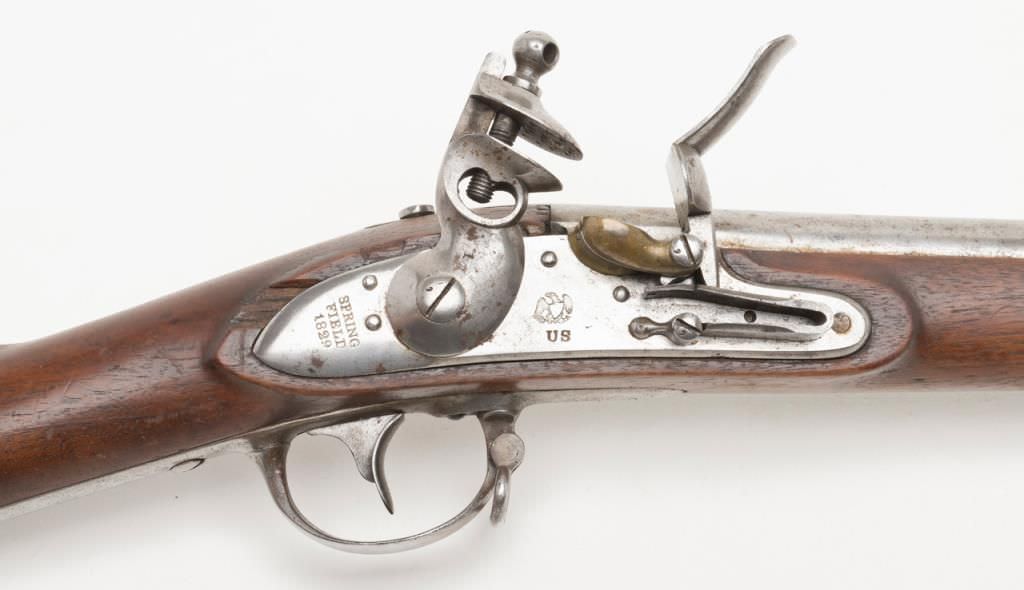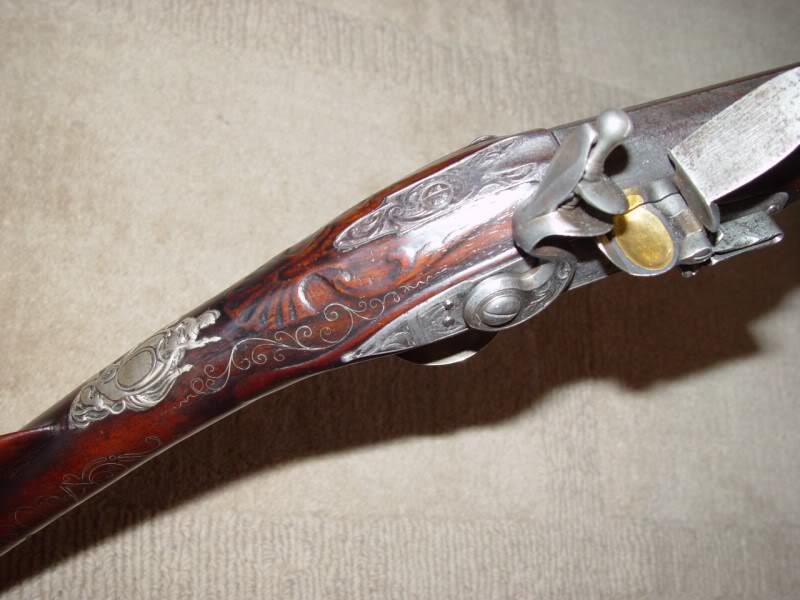TerryK
40 Cal.
I see flash pans with a brass cup around the pan, flash pans that are brass, and flash pans that are gold plated. Do these features have historical or functional rational of just for looks? Any other interesting trivia about lock design / details?
I have a Pedersoli Mortimer and the flash pan is polished and dished toward the flash hole for 1/2 of the length, and the outer half is purposefully roughened, I guess to distribute the powder. Anyway the pan has design detail. The lock is color case, fast, easy on flints, and super reliable.
In the same area, I always thought blue screws were really special like on a Colt SAA. I really like blue screws on a lock or other parts. I guess they are blue for looks.
I have a Pedersoli Mortimer and the flash pan is polished and dished toward the flash hole for 1/2 of the length, and the outer half is purposefully roughened, I guess to distribute the powder. Anyway the pan has design detail. The lock is color case, fast, easy on flints, and super reliable.
In the same area, I always thought blue screws were really special like on a Colt SAA. I really like blue screws on a lock or other parts. I guess they are blue for looks.









